1. The Jolly Green Giant
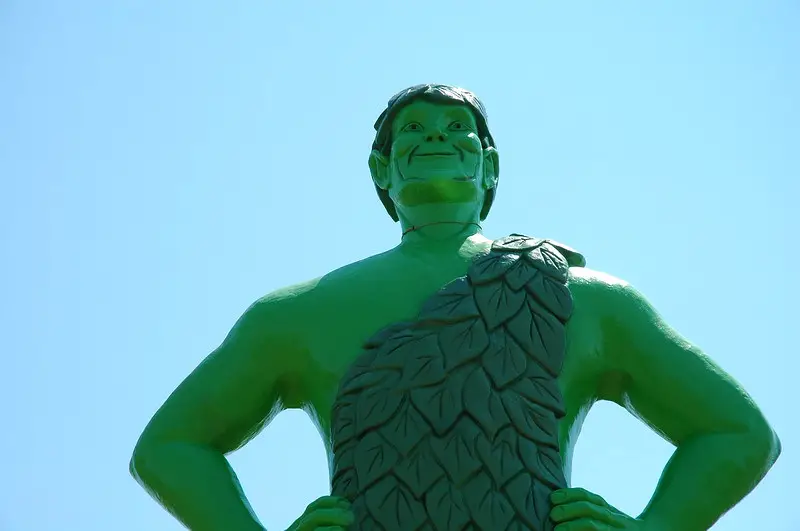
Back in the ’50s, The Jolly Green Giant was a household name, gracing TV screens with his towering presence in commercials for Green Giant vegetables. His booming voice and green skin made him unforgettable, with his catchphrase, “Ho, ho, ho! Green Giant!” becoming part of the national lexicon. He wasn’t just a mascot for frozen veggies—he became a symbol of wholesome, healthy eating. His jovial demeanor and memorable jingle made him a fun character that families looked forward to seeing in ads, reminding them of the good food they were putting on the dinner table.
However, over time, the Jolly Green Giant faded from TV screens as the market for vegetables became more competitive. Newer, fresher faces emerged in the advertising world, and the once-dominant giant slowly became less prominent. Despite a few attempts to modernize his image, he now exists mostly in the shadows of vintage commercials. His legacy, however, remains strong in pop culture, with many remembering him fondly as a symbol of healthy, hearty meals from a simpler time.
2. The Maytag Repairman
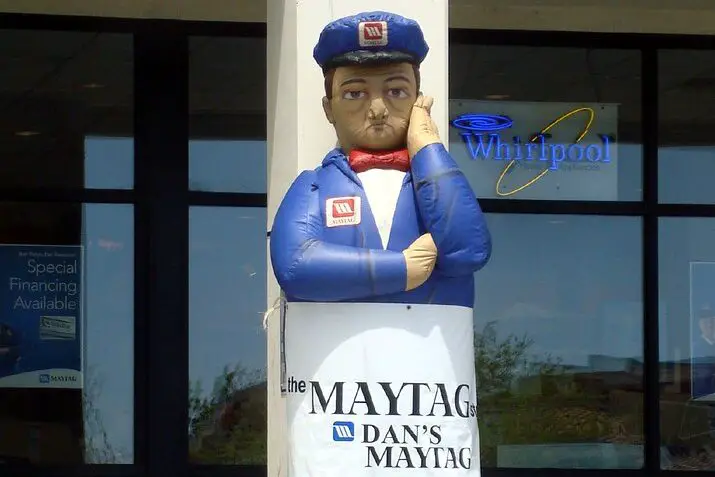
The Maytag Repairman, first introduced in 1967, became an iconic figure known for his tagline, “I’m the loneliest guy in town.” Played by actor Jesse White, the character embodied the idea that Maytag appliances never broke down, leaving the repairman with little work to do. The ads played up this “boring” job, where the repairman’s frustration at his lack of work was the punchline of countless commercials. His deadpan delivery and the humor in his situation made him a memorable character that audiences grew to love over the years.
Eventually, the Maytag Repairman’s fame waned as the brand shifted its focus and changed its marketing strategies. The character was updated several times, but the humor of a lonely repairman became less relatable to newer generations. While the ads evolved, the repairman’s once-dominant role in TV commercials was largely forgotten, with newer characters now taking center stage. Despite his decline, the Maytag Repairman remains a nostalgic symbol of simpler times when ads were centered on reliability and understated humor.
3. The Burger King King
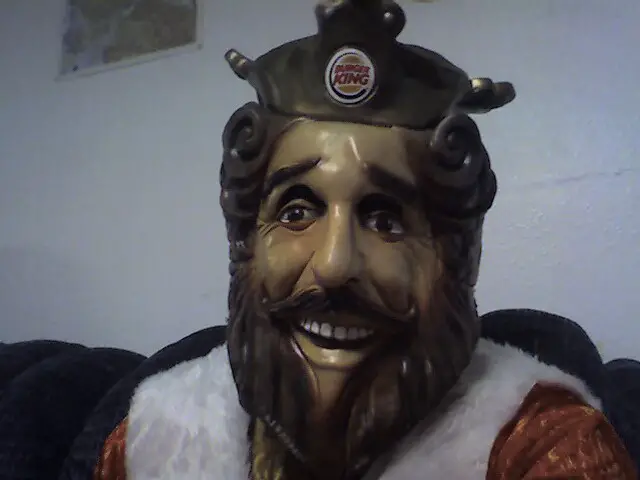
In the mid-2000s, the Burger King King was everywhere. With his comically oversized head and stoic, unsettling presence, he became one of the most talked-about commercial characters of the era. The King’s antics—staring silently at unsuspecting customers, or pulling off bizarre stunts—left viewers both confused and amused. His surreal, almost creepy persona was a stark contrast to traditional, friendly mascots, making him instantly memorable. He became the face of the brand’s edgier, more unconventional marketing campaigns.
Despite his popularity in the early 2000s, the Burger King King eventually fell out of favor. As consumer tastes changed and advertising trends evolved, the character’s bizarre, jarring nature started to feel outdated. The brand attempted to keep the King relevant by introducing new ad concepts, but the once-dominant figure couldn’t maintain his hold on the public’s attention. Now, his reign as one of the most bizarrely iconic fast-food mascots is mostly a relic of the past, remembered fondly by those who lived through his quirky, unforgettable moments.
4. The Pillsbury Doughboy
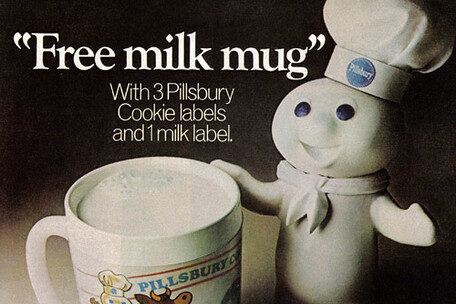
Who could forget the sound of the Pillsbury Doughboy’s signature giggle? This cute, round character with his soft doughy appearance was the face of Pillsbury’s ready-to-bake products for decades. Introduced in 1965, the Doughboy became synonymous with fun, family baking moments, his giggle eliciting smiles from viewers of all ages. His trademark “Hee-hee!” became iconic, and the character’s childlike innocence made him the perfect mascot for a product that brought families together in the kitchen.
Over time, though, the Doughboy began to fade from TV screens. With changing advertising styles and the rise of more modern characters, the once ubiquitous mascot was no longer as central to Pillsbury’s branding. Despite the decline in his TV appearances, the Doughboy’s legacy as a symbol of warm, comforting moments in the kitchen endures. His infectious laugh and sweet, simple nature still evoke nostalgia for those who grew up with him in commercials.
5. The Taco Bell Chihuahua
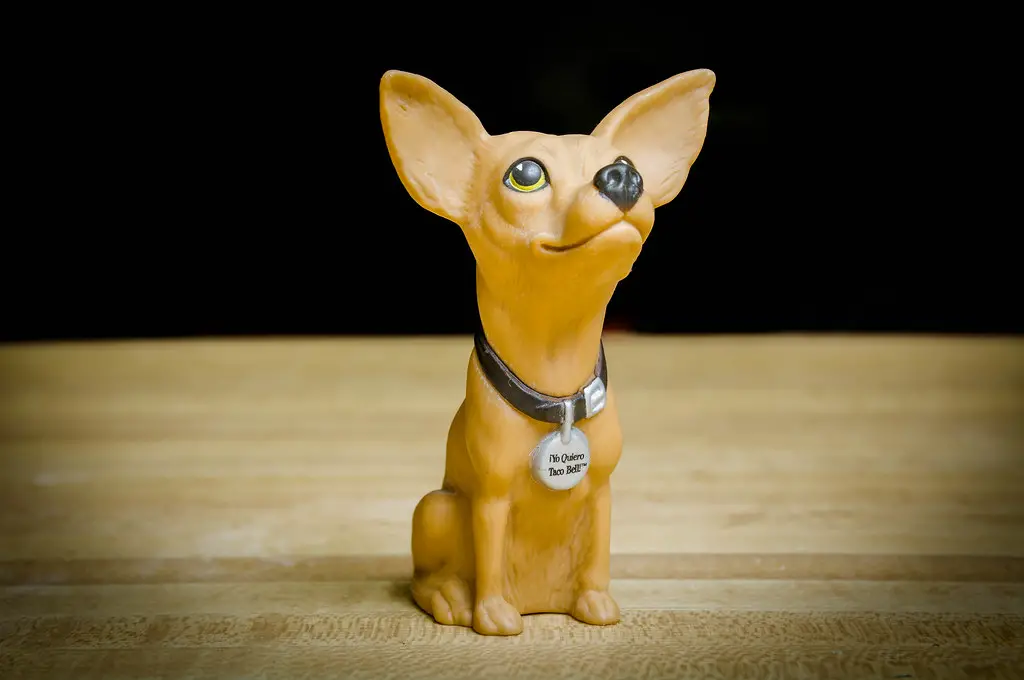
“Yo quiero Taco Bell!”—the Taco Bell Chihuahua became a pop culture sensation in the late ’90s. This tiny, sassy dog, with a personality much larger than his size, captured the attention of viewers with his adorable antics and memorable catchphrase. The Chihuahua’s confident, almost cocky attitude made him a perfect fit for Taco Bell’s cheeky marketing campaign. He brought a sense of fun and energy to the fast food scene, turning Taco Bell into a must-visit destination for fans of both the food and the commercials.
However, after his meteoric rise to fame, the Taco Bell Chihuahua quickly faded from the spotlight. The character, which had sparked a massive amount of merchandise and even a few TV specials, was eventually retired in the early 2000s. The company shifted its marketing direction to more traditional advertisements, and the Chihuahua’s once-prominent role was no longer as relevant. Despite his absence, the Chihuahua remains a nostalgic favorite for anyone who remembers his charm and the way he captured the playful spirit of Taco Bell.
6. The Energizer Bunny
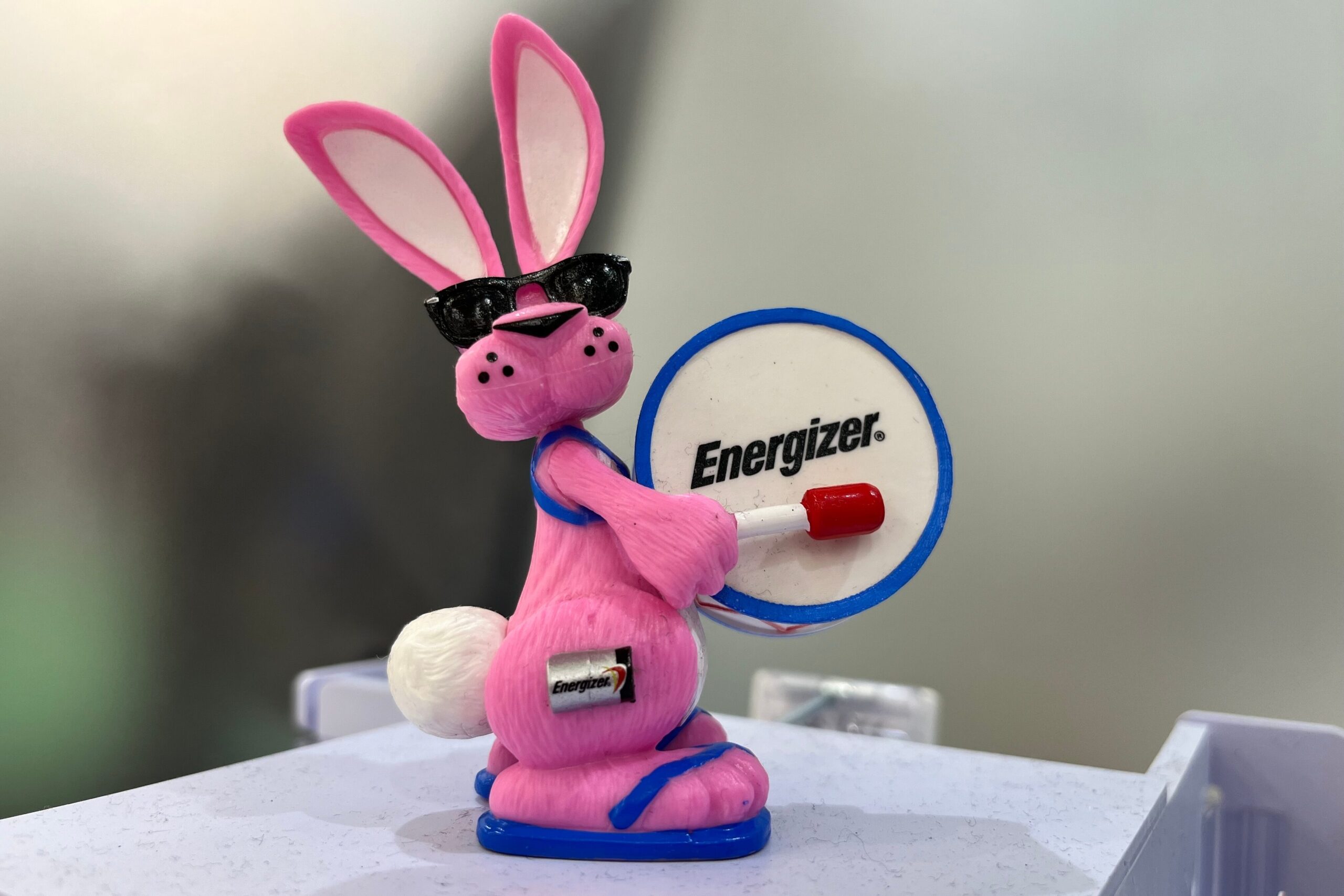
The Energizer Bunny first appeared in 1989, quickly becoming the face of Energizer batteries with his ever-persistent march to the beat of his own drum. With his sunglasses and drum, the Bunny epitomized endurance, literally “keeping going and going” through all kinds of situations. He was a powerful marketing tool for Energizer, embodying the idea that their batteries never stopped working, no matter what. His signature march and rhythmic drumming became a lasting visual, associated with energy, reliability, and a bit of fun.
Despite his strong legacy, the Energizer Bunny’s popularity has waned over the years. While still a recognizable figure in some circles, newer campaigns have shifted away from the Bunny in favor of fresh ideas and more modern approaches. Even though the Bunny is no longer as visible in advertisements, he remains a classic example of how a simple character can become ingrained in pop culture. For many, the image of the Bunny still evokes the message of tireless energy, even if he’s not the primary face of the brand anymore.
7. The Smiling Mr. Clean
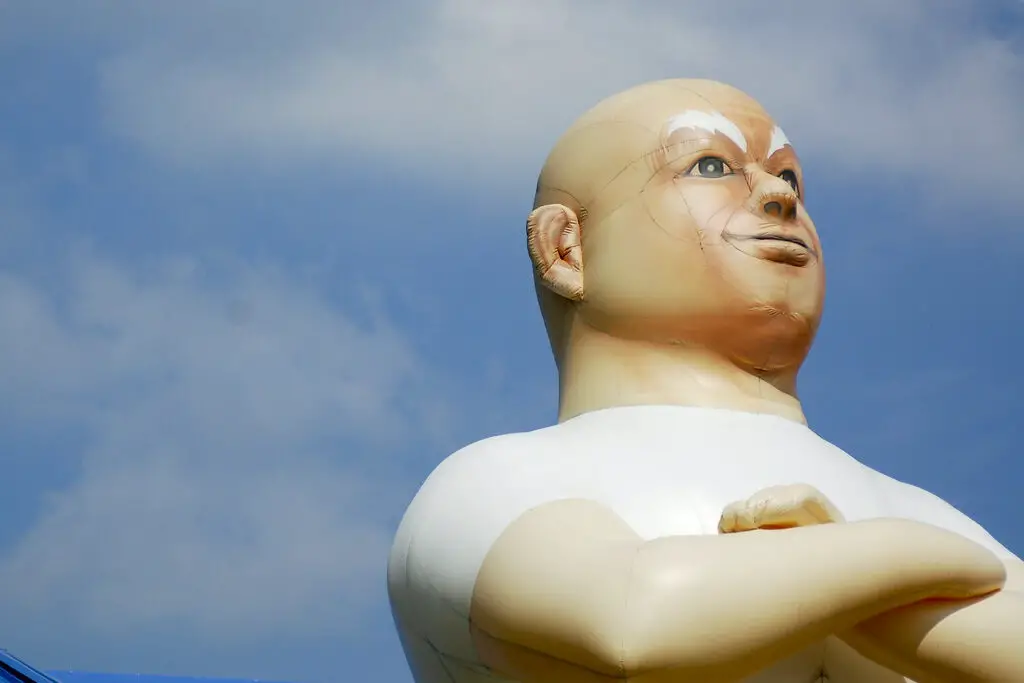
Mr. Clean, with his bald head and muscular physique, has been a staple in cleaning commercials since 1958. Known for his no-nonsense approach to dirt, grime, and tough messes, his iconic smile and catchphrase “Mr. Clean will clean your whole house and everything that’s in it!” made him a beloved character for generations. He was the face of an entire line of cleaning products, embodying strength, efficiency, and trustworthiness. His friendly demeanor and promise of a spotless home resonated with families across the country.
Yet, over the years, the character of Mr. Clean slowly faded from commercials as advertising evolved and brands sought out fresher, more relatable characters. While his image still appears on cleaning products today, the TV spots that once featured his smiling face have become less frequent. Despite this, Mr. Clean remains a nostalgic figure in American households, remembered for his powerful presence in the world of cleaning and his commitment to making homes sparkle.
